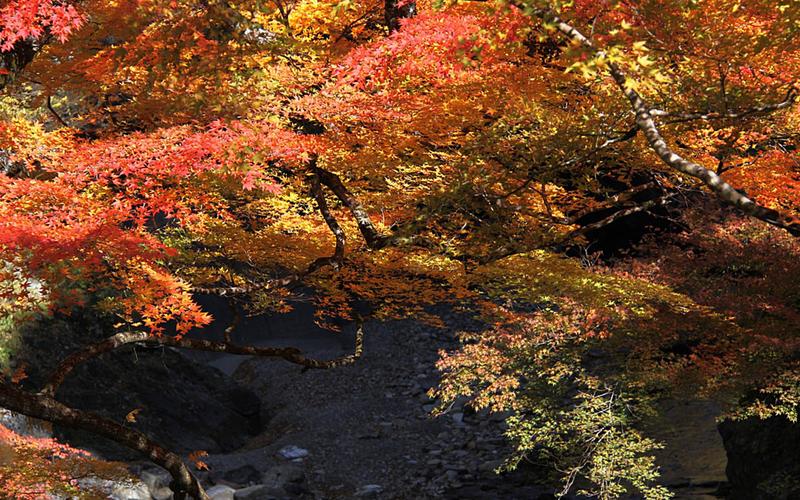Preserving the Richness of Visayas Cultural Heritage
The Visayas region of the Philippines is a vast area rich in history, culture, and traditions. It is known for its beautiful beaches, lively festivals, delicious food, and diverse cultural heritage. However, with the rapid development and modernization of the region, there is a growing concern among cultural advocates about the preservation of this cultural wealth for future generations.
The Visayas region comprises several provinces, each with its distinct customs, traditions, and languages. The region has a rich history that dates back to the pre-colonial era when the Visayans had a complex social structure and were known for their seafaring skills. The arrival of the Spanish in the 16th century, followed by the Americans and the Japanese, significantly impacted Visayan culture, leaving a distinct mark on its architecture, religion, and way of life.
Despite these influences, Visayan culture has remained resilient, and many elements of its pre-colonial heritage have survived. However, there is a growing concern that this cultural legacy may be lost or forgotten due to various factors such as urbanization, globalization, and the lack of awareness among the younger generation about their cultural identity.
To preserve this cultural wealth, a concerted effort is needed from various sectors of society, including local governments, cultural organizations, educational institutions, and historians. One way to do this is through the promotion of cultural tourism, where tourists can learn about and experience the unique culture of the Visayas. Cultural tourism not only generates income for local communities but also creates awareness and appreciation for their cultural heritage.
Another critical aspect of cultural preservation is the documentation and preservation of cultural artifacts, such as traditional clothing, musical instruments, art, and literature. These artifacts are not only valuable for their historical significance but also provide insight into the unique identity and way of life of the Visayans.
Finally, the education of the younger generation about their cultural heritage is essential for the preservation of this rich legacy. Schools can play a crucial role in educating students about their culture through the integration of cultural programs and activities into their curriculum. This education can also extend to the wider community through community outreach programs, cultural exhibitions, and festivals.
In conclusion, the Visayas region has a rich and diverse cultural heritage that needs to be preserved and celebrated. The cultural advocates, local governments, and stakeholders should work together to promote cultural tourism, document and preserve cultural artifacts, and educate their younger generation about their cultural identity. By doing so, the Visayas region can continue to shine and inspire future generations with its unique cultural wealth.
(Note: Do you have knowledge or insights to share? Unlock new opportunities and expand your reach by joining our authors team. Click Registration to join us and share your expertise with our readers.)
Speech tips:
Please note that any statements involving politics will not be approved.
